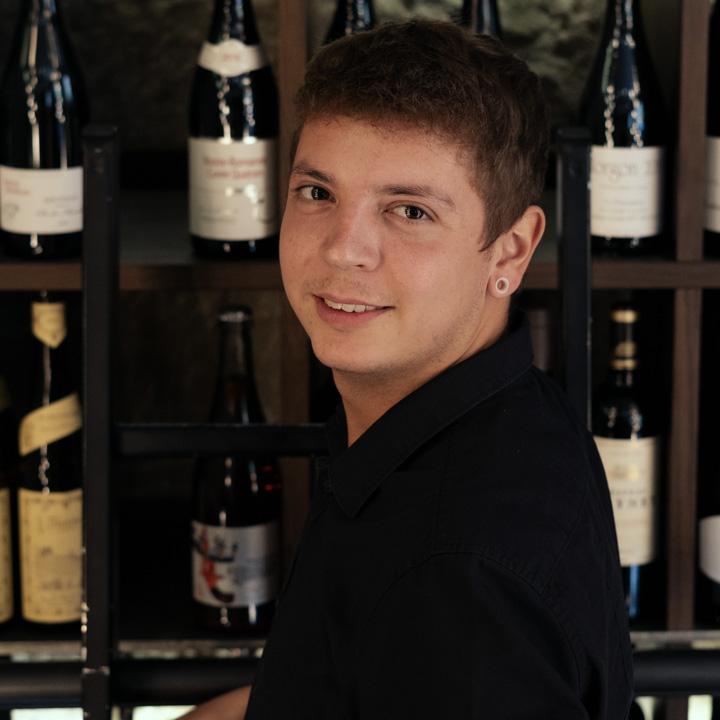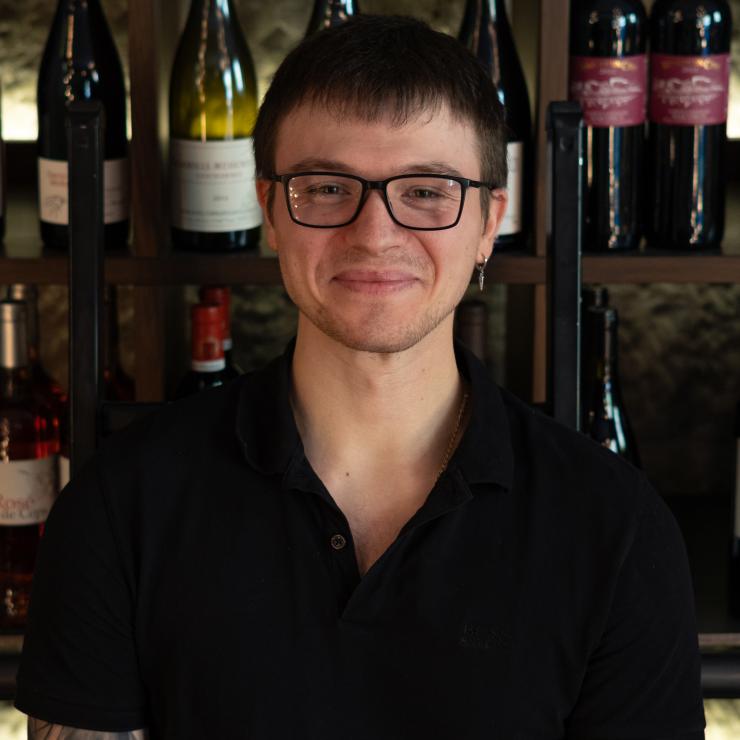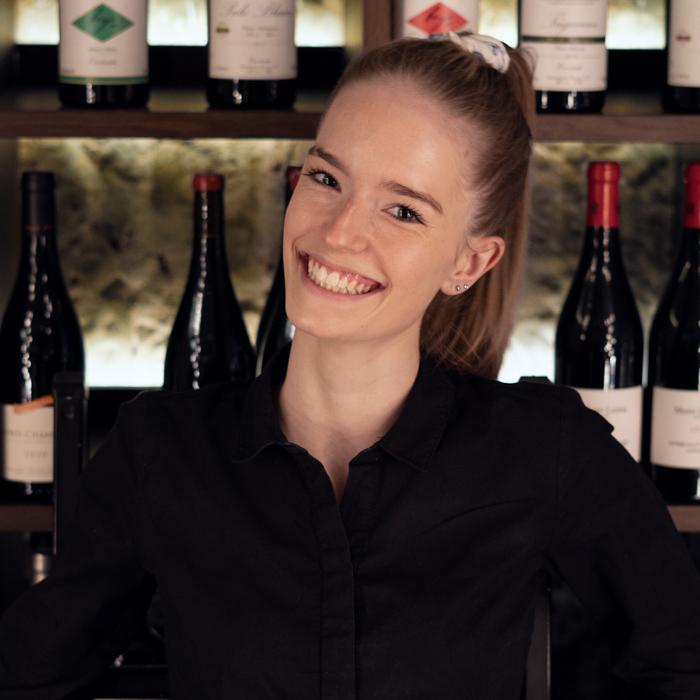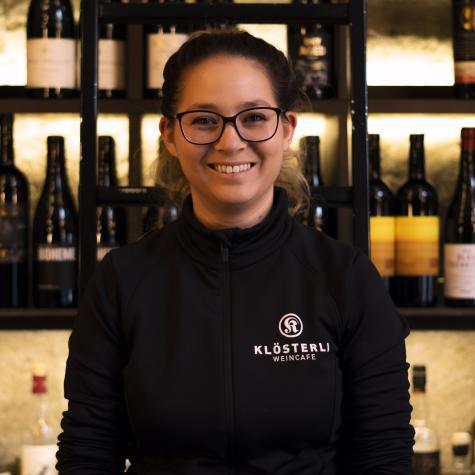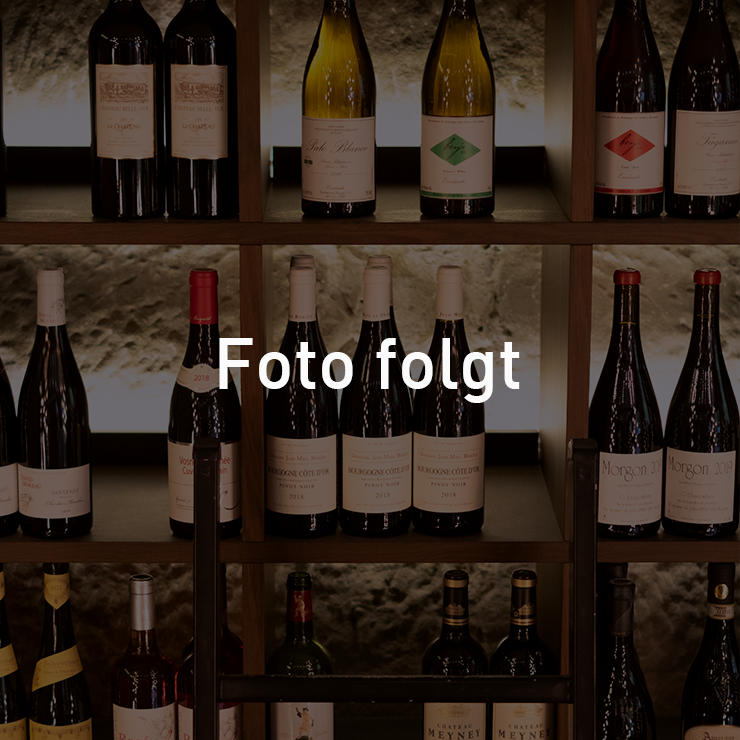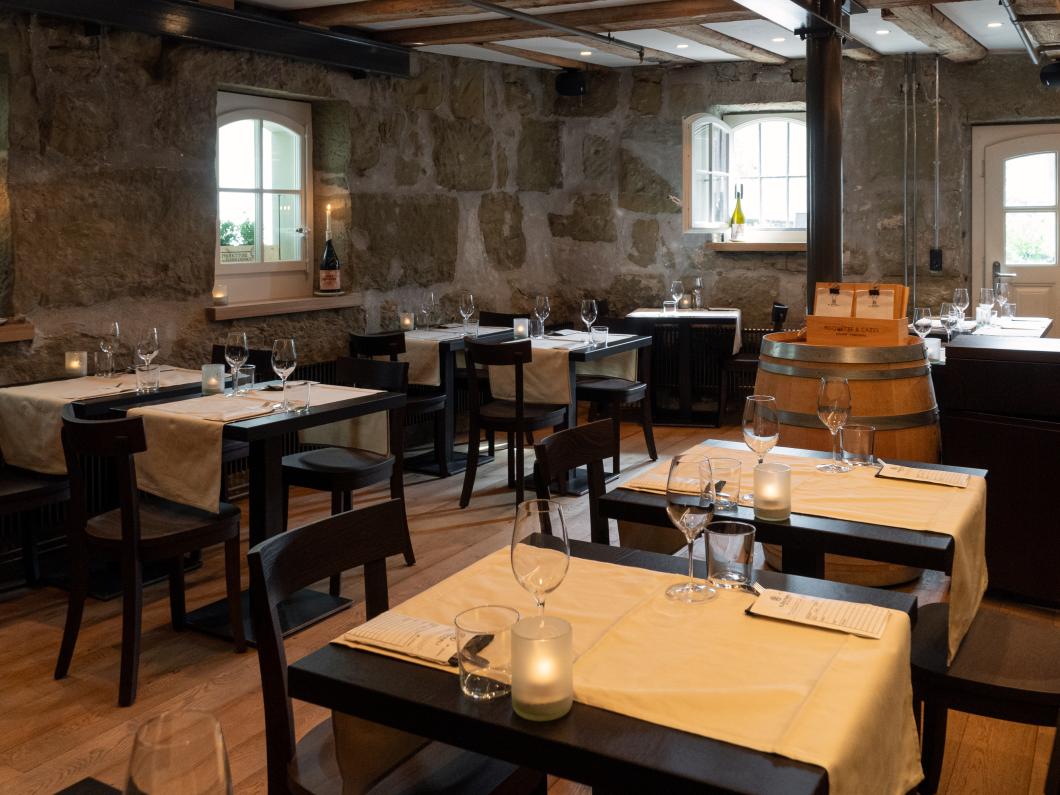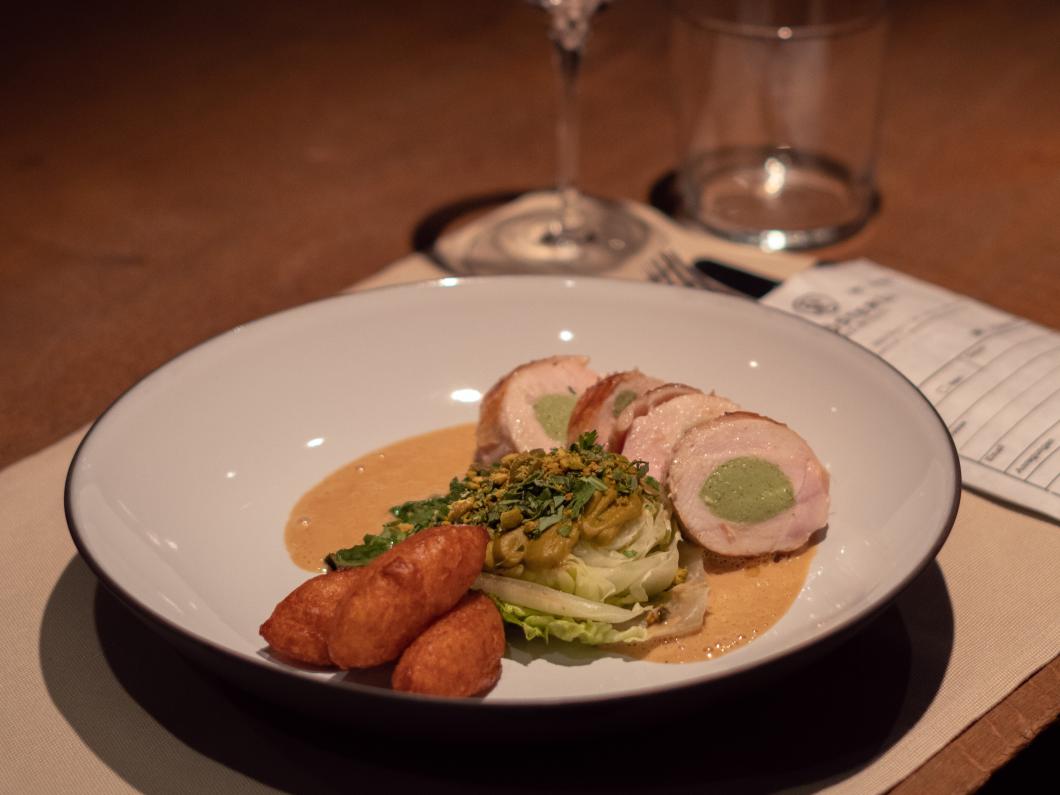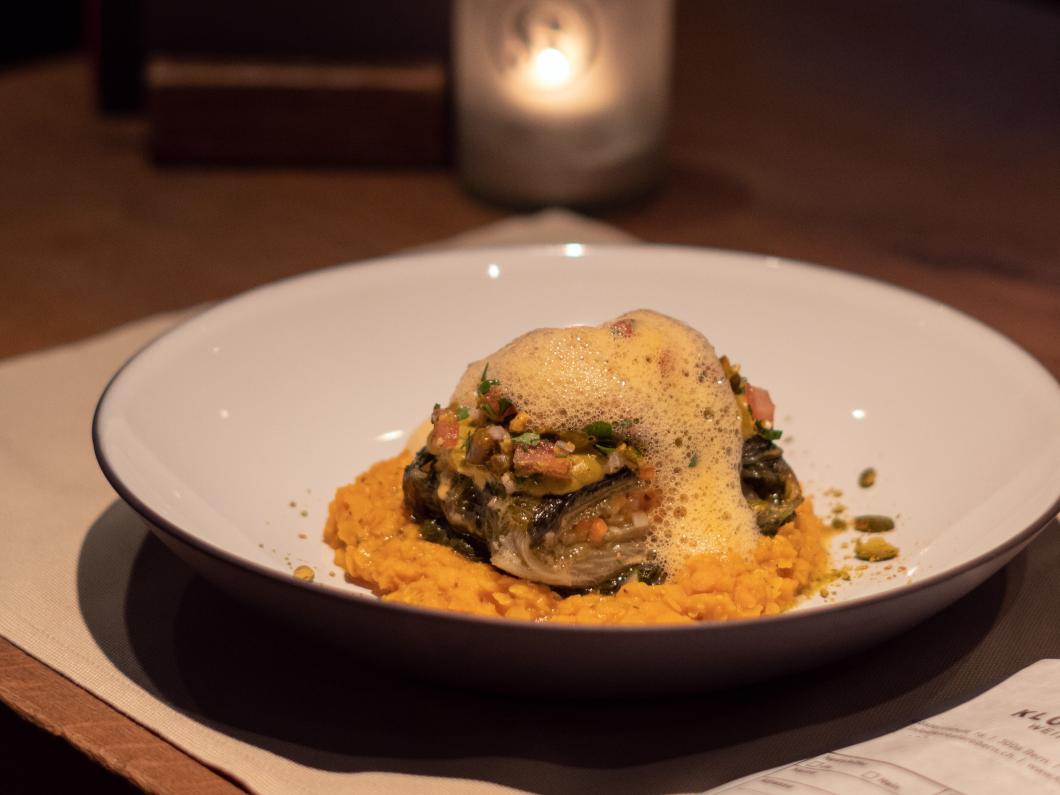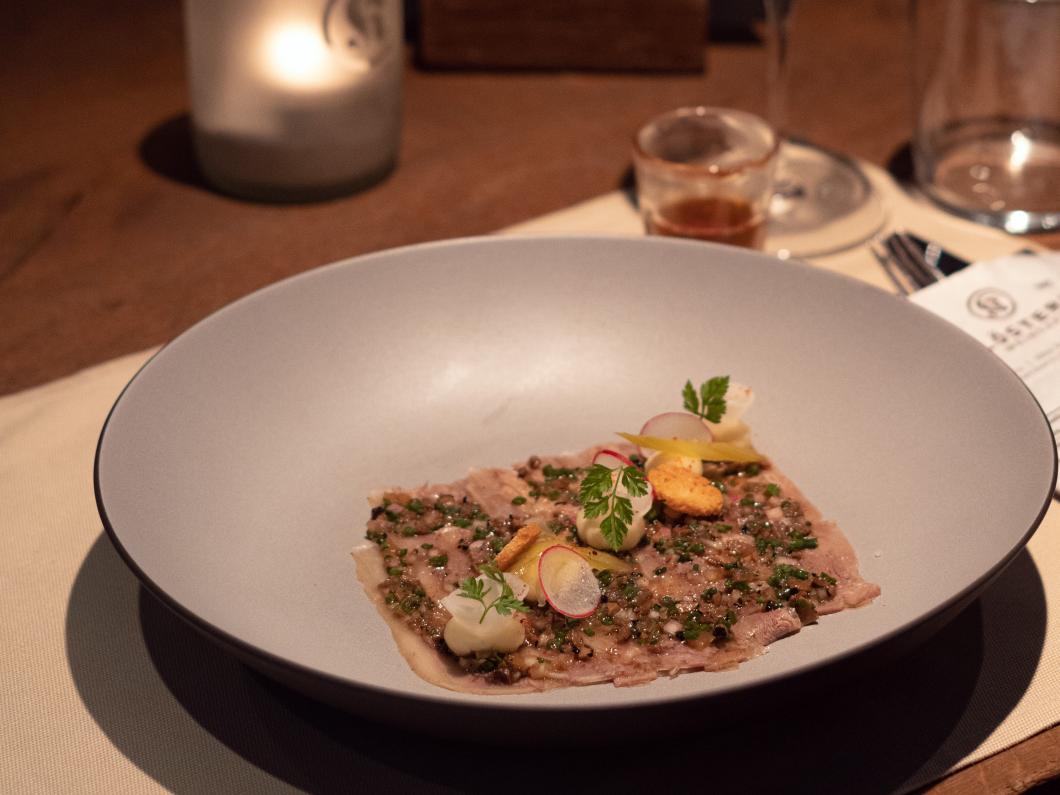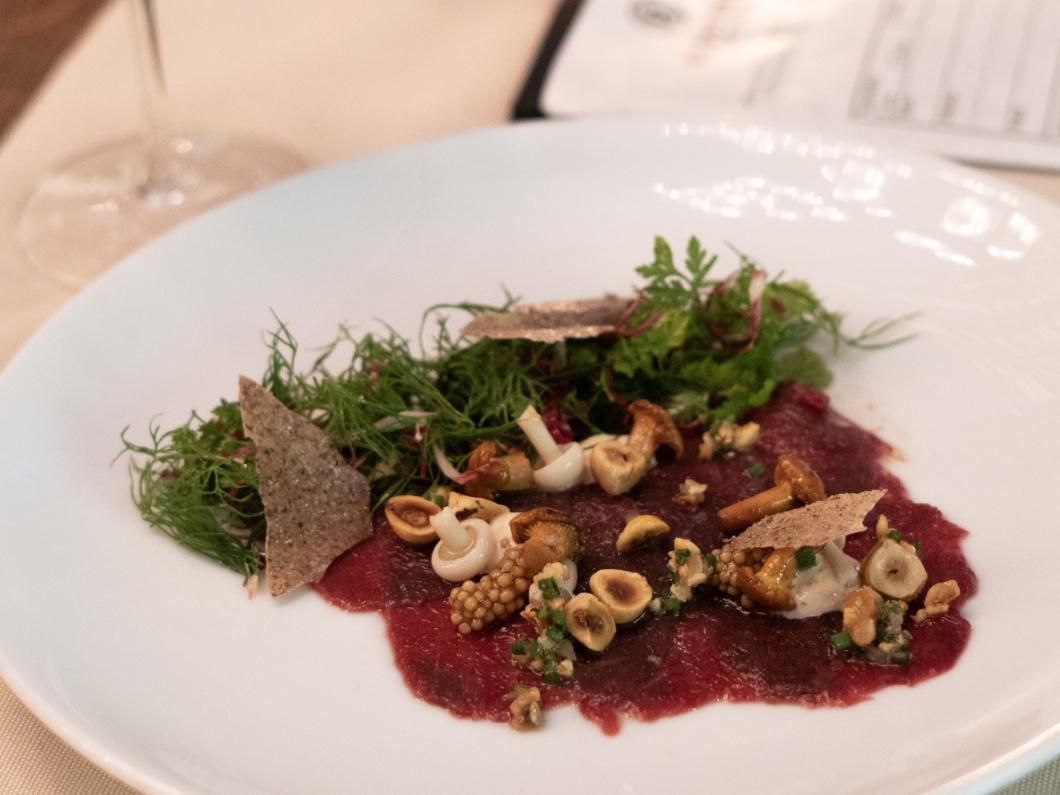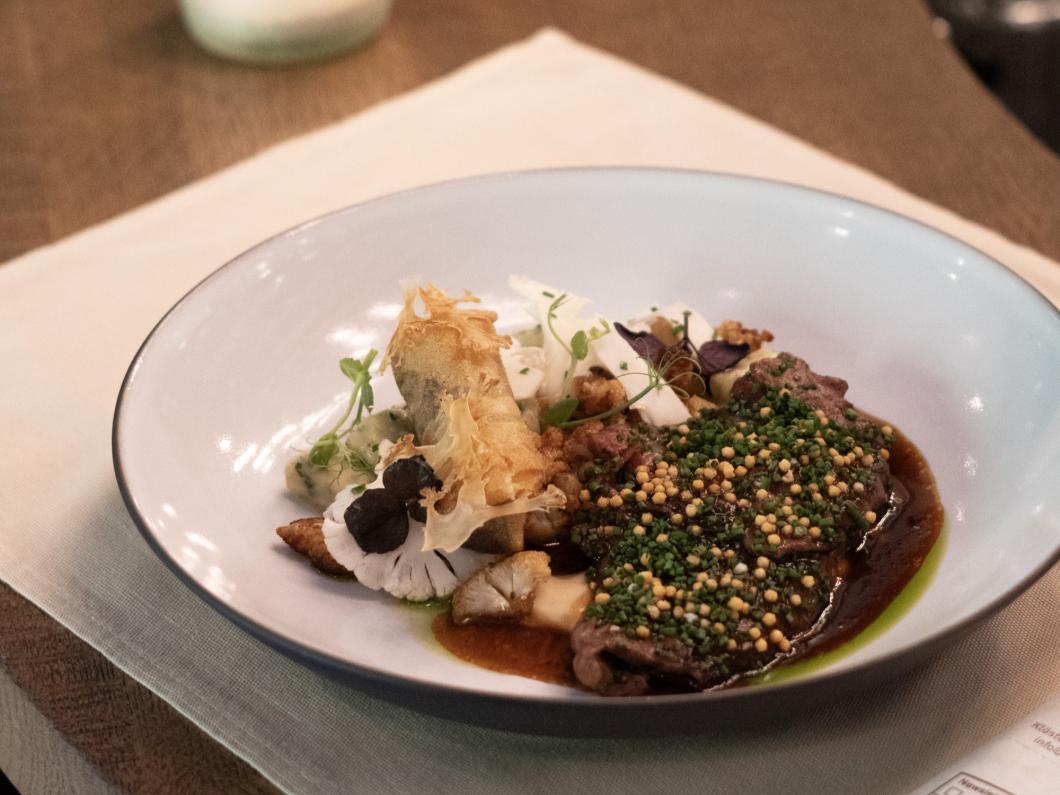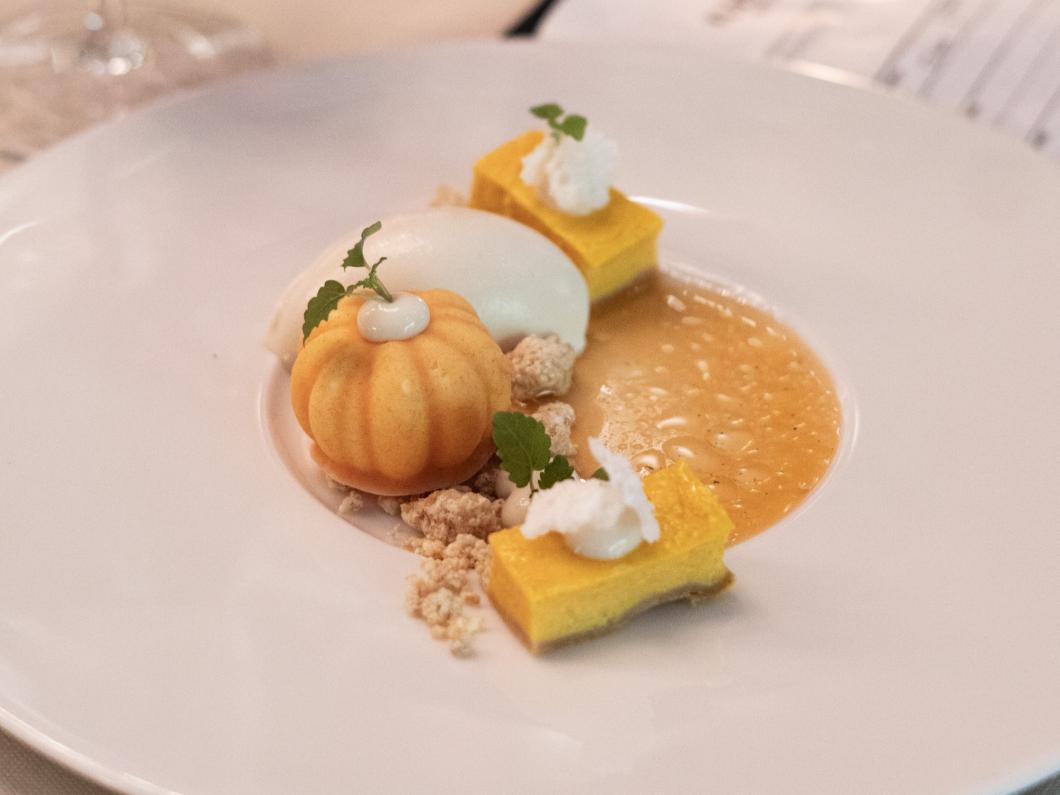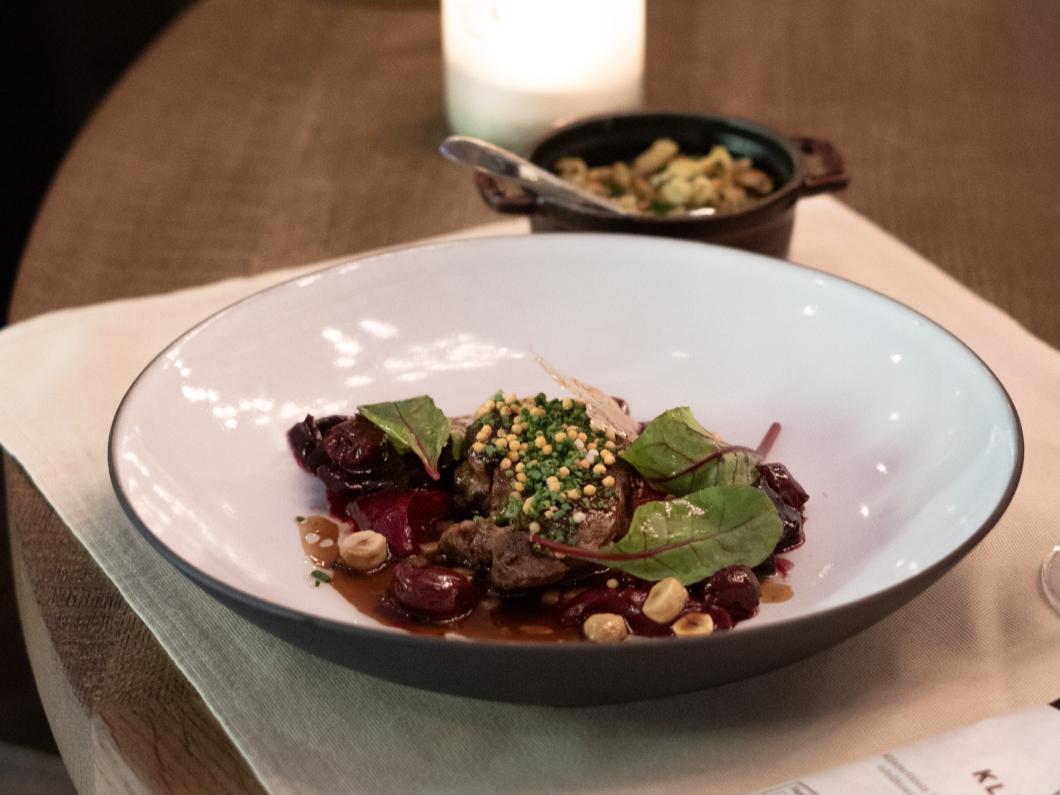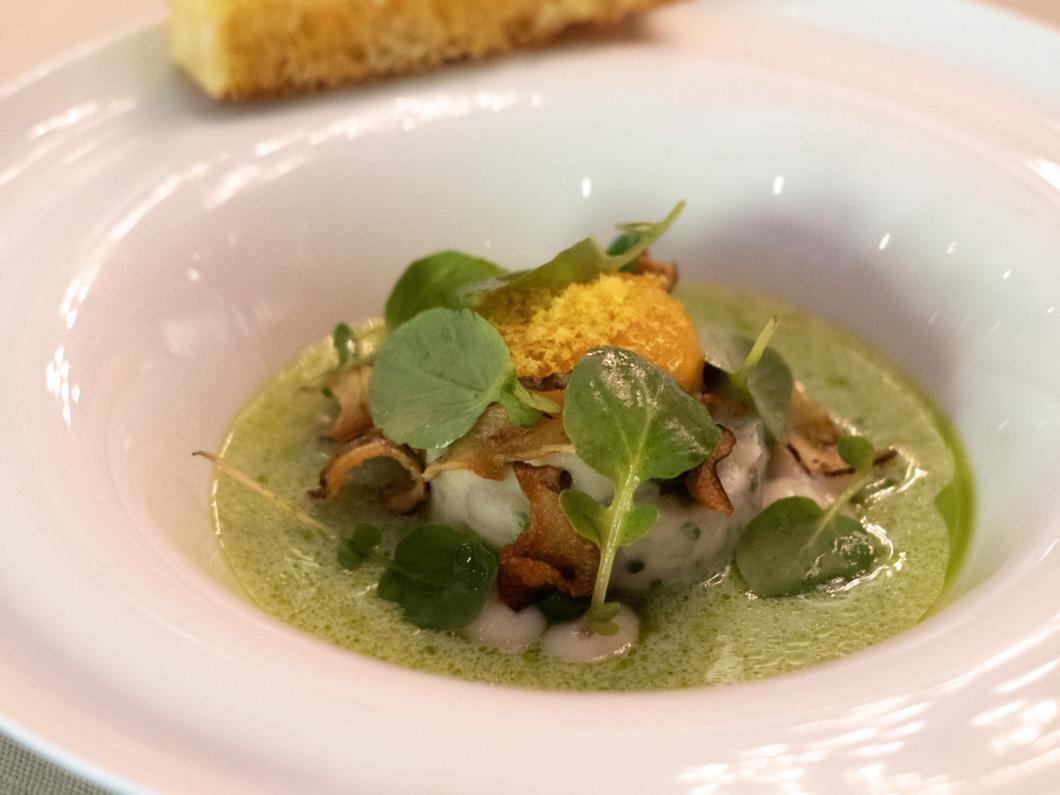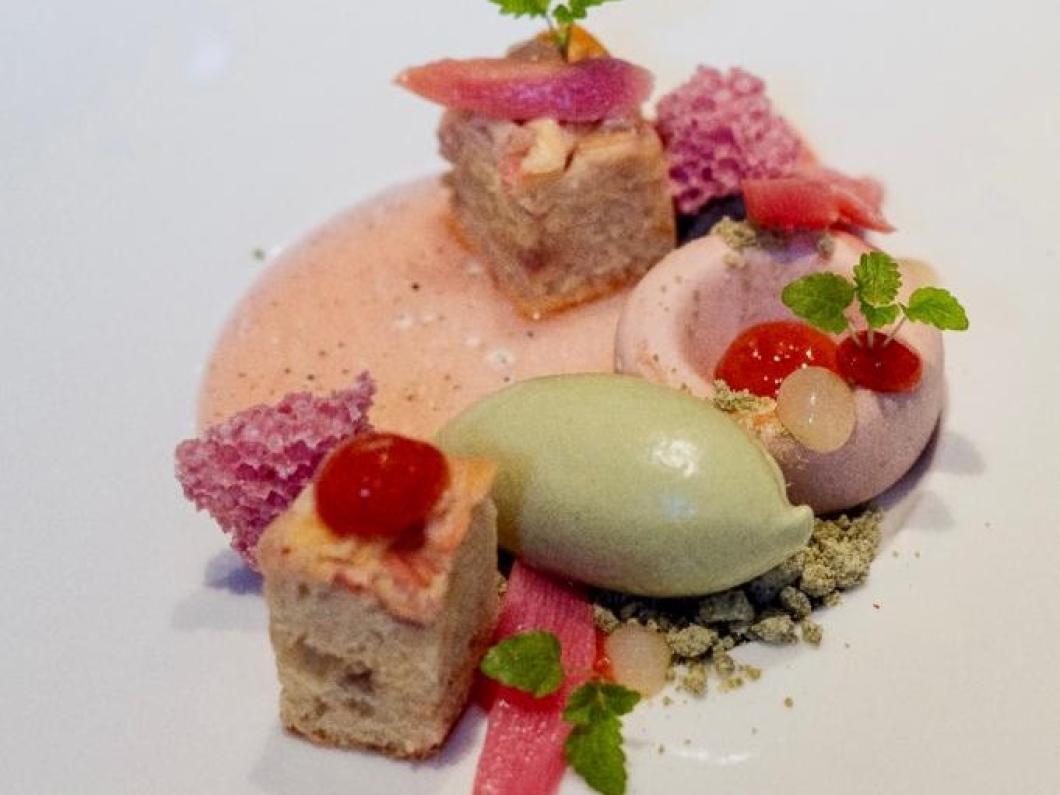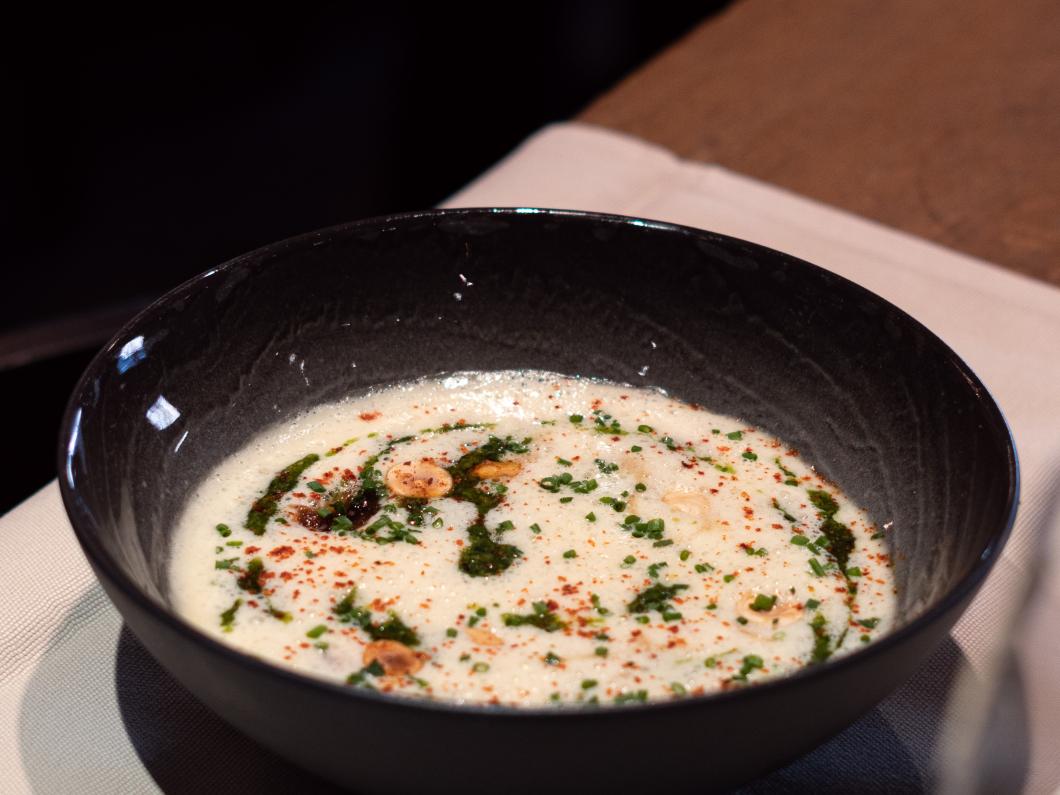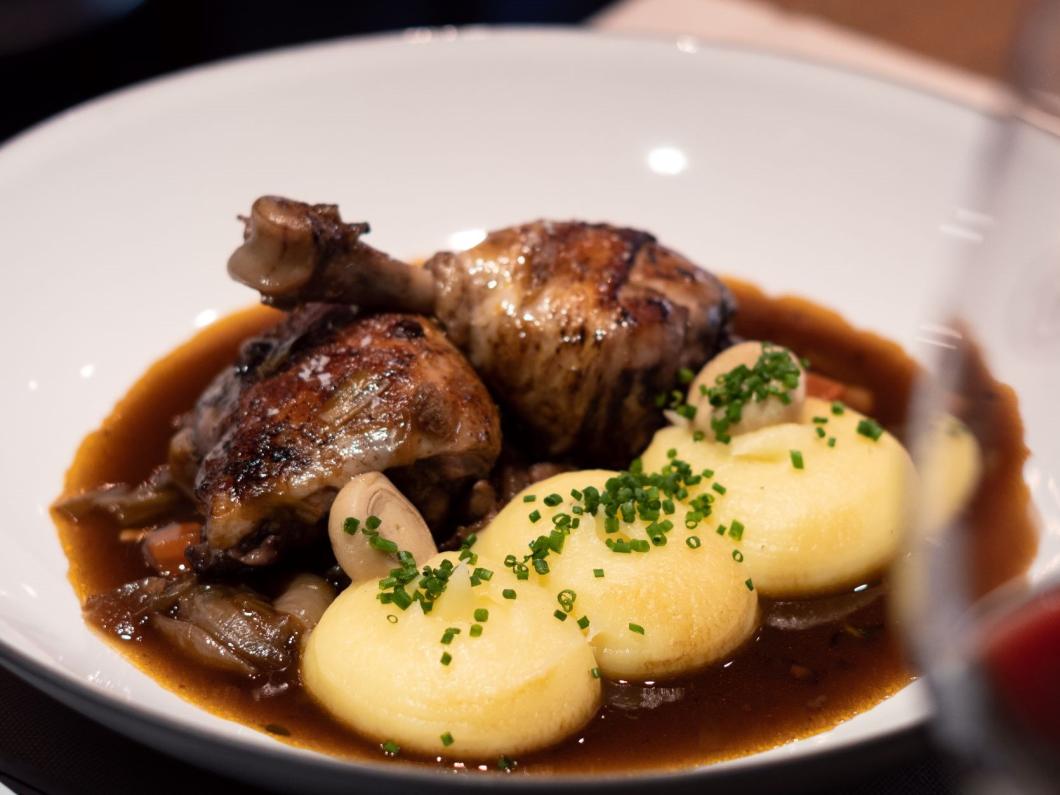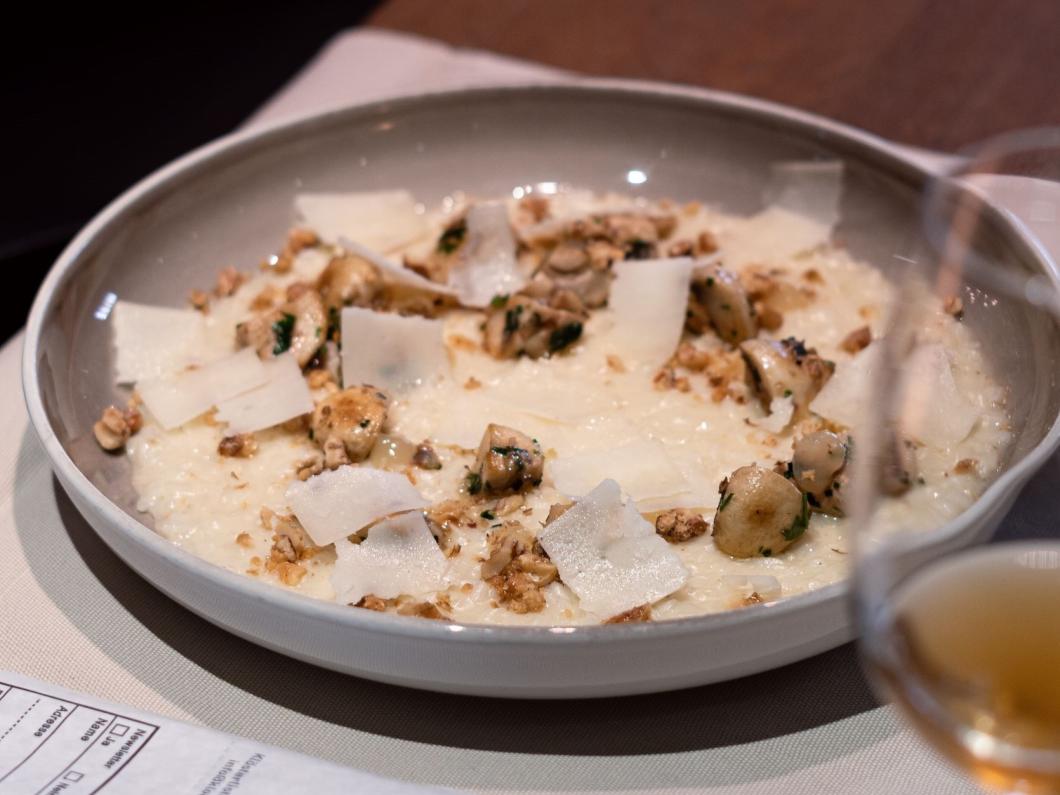About us
Angela Iten and Cédric Delaleu, together with their team, aim to share their passion for excellent food and drinks with you, creating an inviting space where you can escape the hustle and bustle of everyday life. Be inspired by them and relish the experience in a unique and relaxed environment.
Our wine rack is the heart of the Klösterli. It spans two floors and represents the pride and passion we have for our wines. Using a state of the art espresso machine, we can serve a perfect coffee and espresso at any time of the day. Last but not least, there is Klösterli’s exquisite kitchen, where its crew creates innovative dishes with love and precision on a daily base.
“Klösterli Wine Café” is part of the gastro-family “Altes Tramdepot Brauerei Restaurant AG”, which includes:
Our wine rack is the heart of the Klösterli. It spans two floors and represents the pride and passion we have for our wines. Using a state of the art espresso machine, we can serve a perfect coffee and espresso at any time of the day. Last but not least, there is Klösterli’s exquisite kitchen, where its crew creates innovative dishes with love and precision on a daily base.
“Klösterli Wine Café” is part of the gastro-family “Altes Tramdepot Brauerei Restaurant AG”, which includes:
operational management
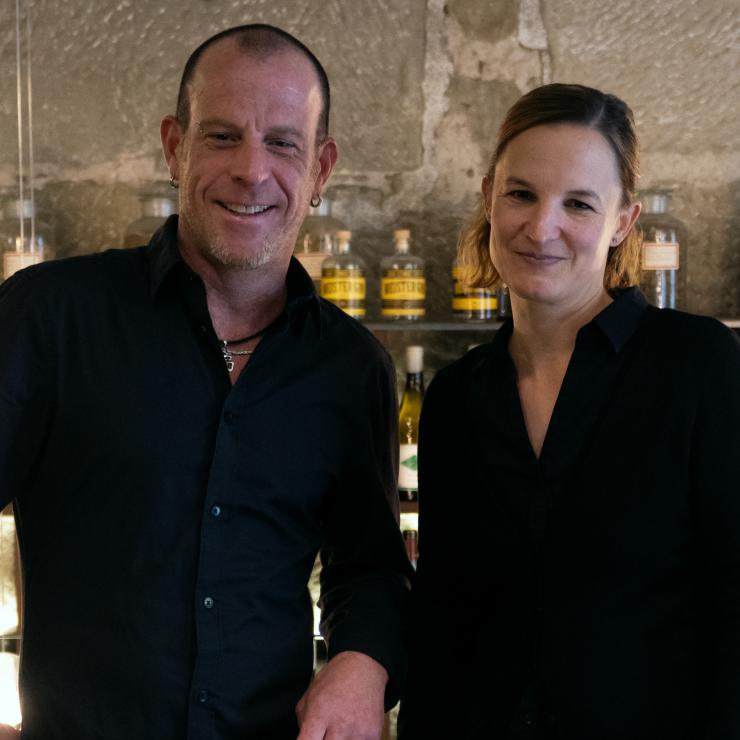
Cédric Delaleu & Angela Iten
Manager
Kitchen
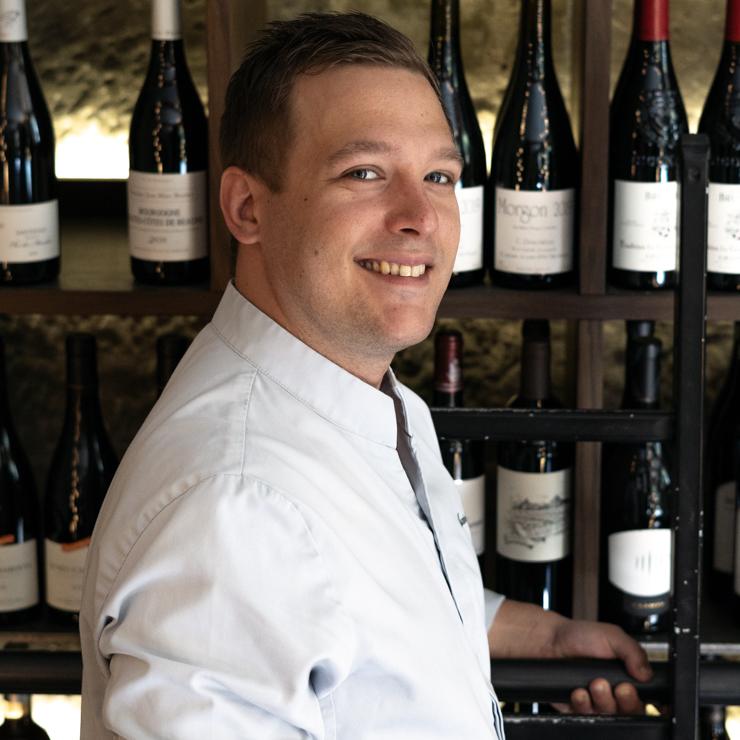
Max
Head Chef
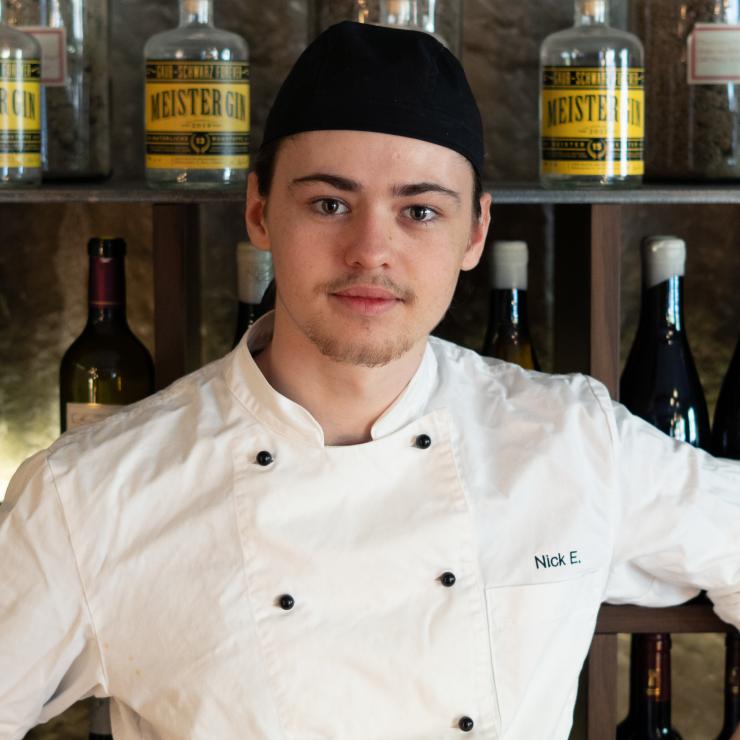
Nick
Koch

Michael
Sous Chef
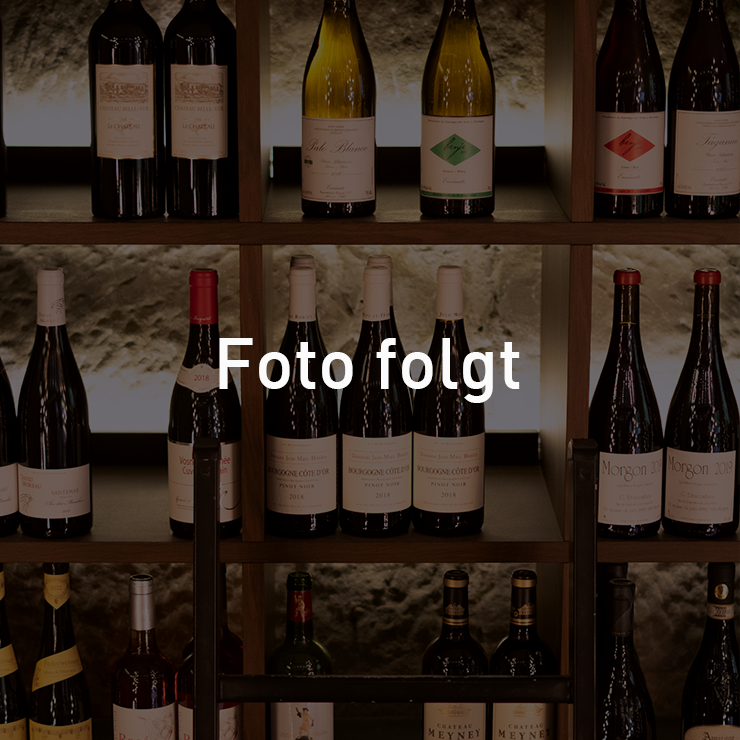
Evelin
Kitchen assistant
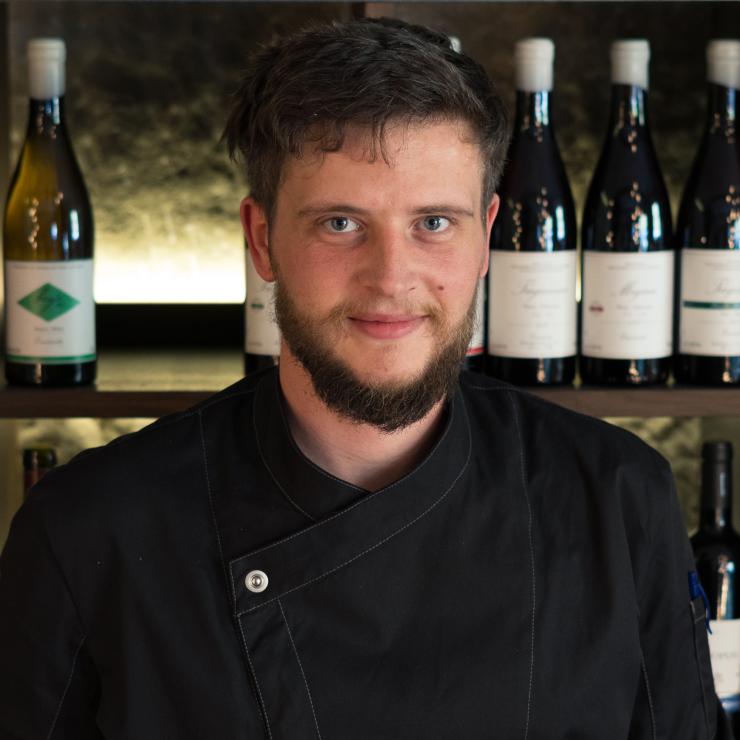
Birk
Cook
Cleaning team

Evelin
Office staff
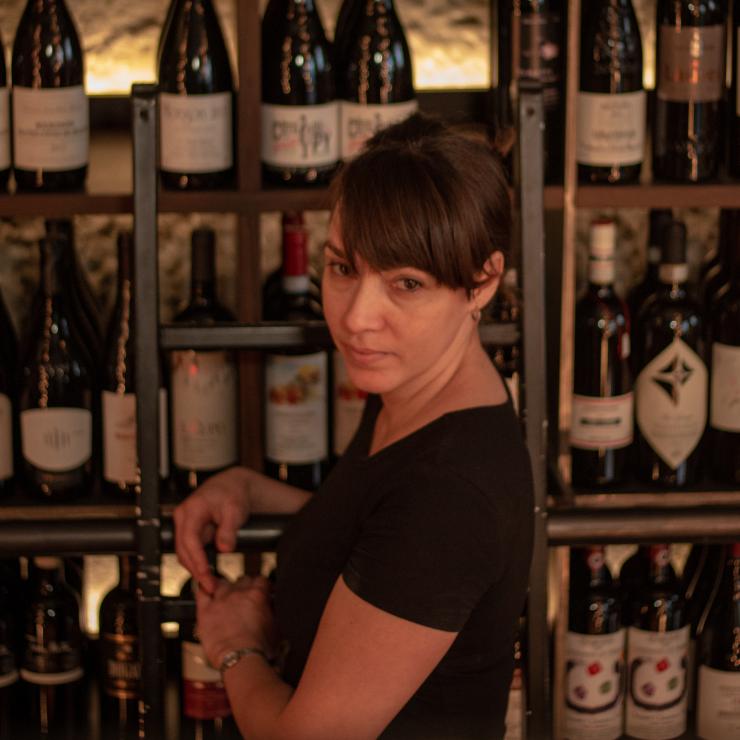
Heidi
Office staff
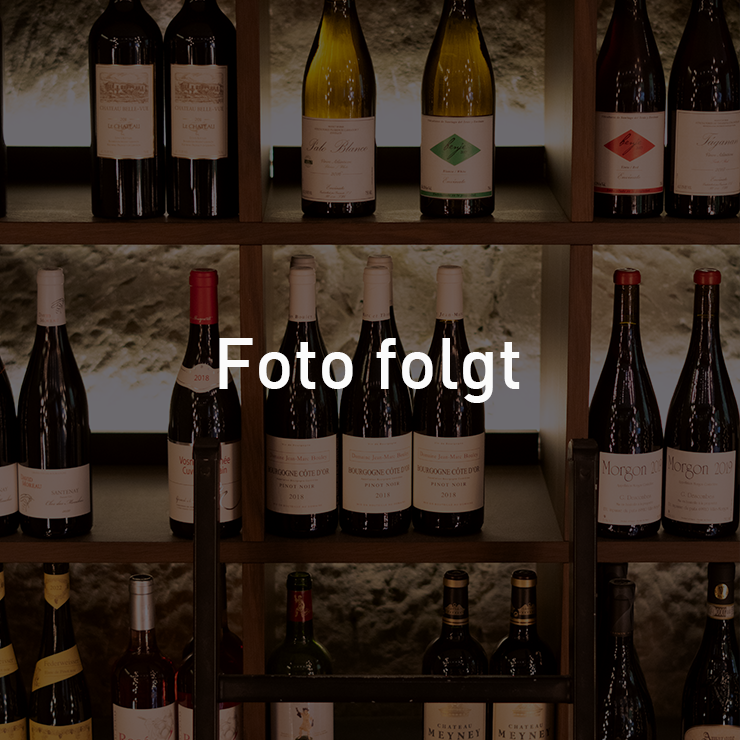
Yaiza
Office staff
History
Only a few decades after the city of Bern was founded, the site of today's Klösterli site was built. The name "Klösterli" was first mentioned in the 13th century in connection with a small hospital consisting only of eleven nurses and a small cemetery next to it.
With time, the hospital transformed into a popular, tavern-like establishment, for which the licensing rights “Pintenschankrecht” were granted by the authorities in 1688.
In the mid-18th century, the existing simple tavern (today’s Mahogany Hall) underwent a radical reconstruction and was greatly expanded. In 1759, tavern food laws permitted hot food to be served.
It is believed that the neighbouring “Stöckli” - today's Klösterli Wine Café - was built as part of this extension; a “Stöckli” is a share of property usually reserved by a farmer upon retirement. Its carefully profiled sandstone inlays and attic roof are an interesting mix of urban and rural architectural features of the Bernese late-baroque time, dated to 1759 and preserved to this day.
The date “1862” is engraved on the arch of the river-facing gate that leads to the rock cut cellar (the former Klösterli Heinzelmann brewery).
During the construction work for Klösterli Wein Café, we discovered huge hooks in the area where the kitchen is located today. We presume that the ground floor used to be a stable, where travellers tethered horses and mules while eating their food on the first floor (today’s gallery).
It is also possible, that there was a connection on the first floor, linking the tavern (Mahogany Hall) and the present Klösterli Wine Café.
With time, the hospital transformed into a popular, tavern-like establishment, for which the licensing rights “Pintenschankrecht” were granted by the authorities in 1688.
In the mid-18th century, the existing simple tavern (today’s Mahogany Hall) underwent a radical reconstruction and was greatly expanded. In 1759, tavern food laws permitted hot food to be served.
It is believed that the neighbouring “Stöckli” - today's Klösterli Wine Café - was built as part of this extension; a “Stöckli” is a share of property usually reserved by a farmer upon retirement. Its carefully profiled sandstone inlays and attic roof are an interesting mix of urban and rural architectural features of the Bernese late-baroque time, dated to 1759 and preserved to this day.
The date “1862” is engraved on the arch of the river-facing gate that leads to the rock cut cellar (the former Klösterli Heinzelmann brewery).
During the construction work for Klösterli Wein Café, we discovered huge hooks in the area where the kitchen is located today. We presume that the ground floor used to be a stable, where travellers tethered horses and mules while eating their food on the first floor (today’s gallery).
It is also possible, that there was a connection on the first floor, linking the tavern (Mahogany Hall) and the present Klösterli Wine Café.



